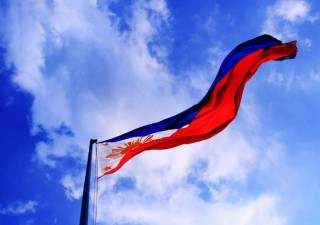IPOPHL releases statutory fair use guidelines to clarify rules on copyright exceptions
07 March 2024

The Intellectual Property Office of the Philippines (IPOPHL) released its fair use guidelines in honor of the 11th Fair Use Week. It aims to help Filipino innovators, educators and creatives develop a deeper knowledge of intellectual property rights by offering clarity and direction.
“Fair use is the bedrock of creativity. It allows artists to produce versions of music, authors to quote from novels, and educators to enhance learning materials. By striking a balance between protection and access, fair use fosters a vibrant cultural ecosystem,” said IPOPHL Director General Rowel S. Barba.
According to the Philippine IP Code, there are some circumstances when fair use permits the use of a work protected by copyright without first obtaining consent from the copyright owner. Although Section 185 of the IP Code contains the general concept of fair use, Section 184 of the guidelines addresses particular activities that are seen to be limits on copyright since they can be carried out without infringing against an author’s exclusive economic rights.
The Bureau of Copyright and Related Rights (BCRR) created the statutory fair use guidelines to shed light on the requirements that must be met for certain activities to qualify as statutory fair use. The purpose of this document is to provide clarity and public knowledge of the principles that allow fair use and to assist any user who could find themselves in the scenarios covered.
“Fair use makes sure that copyright holders are also not left powerless in the provisions of fair use. As a government agency that upholds a commitment to innovation, we make sure the laws are here to protect the works of rights holders. However, we also want to ensure that the development of the creative industry is not stifled by restrictions,” said BCRR Director Emerson Cuyo.
The rules are divided into three sections to provide creators comprehensive understanding, including the specific details promoting a clearer understanding of the fair use principles.
The guidelines’ first section addresses “statutory fair use” or the limited copyright protection that arises from certain legal circumstances. These cover, among other things, rules on journalistic reporting, works meant for the visually impaired, private and nonprofit performances and legal processes.
The second section, meanwhile, addresses fair use when citing works for scholarly publications, news articles and government-produced works. In the third section, other acts specified in the code sections outside of Section 184 are also included. This section goes into detail on the regulations that apply to architectural works, private copies of works, reprographic copies of libraries and computer program adaptations.
According to BCRR, to determine if fair use principles apply on a situation, each fair use act’s components must be thoroughly examined. If not, the public ought to take the initiative to ask for permission and give credit to the people who created unique works.
- Excel V. Dyquiangco






